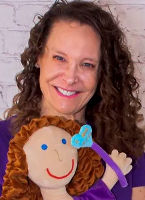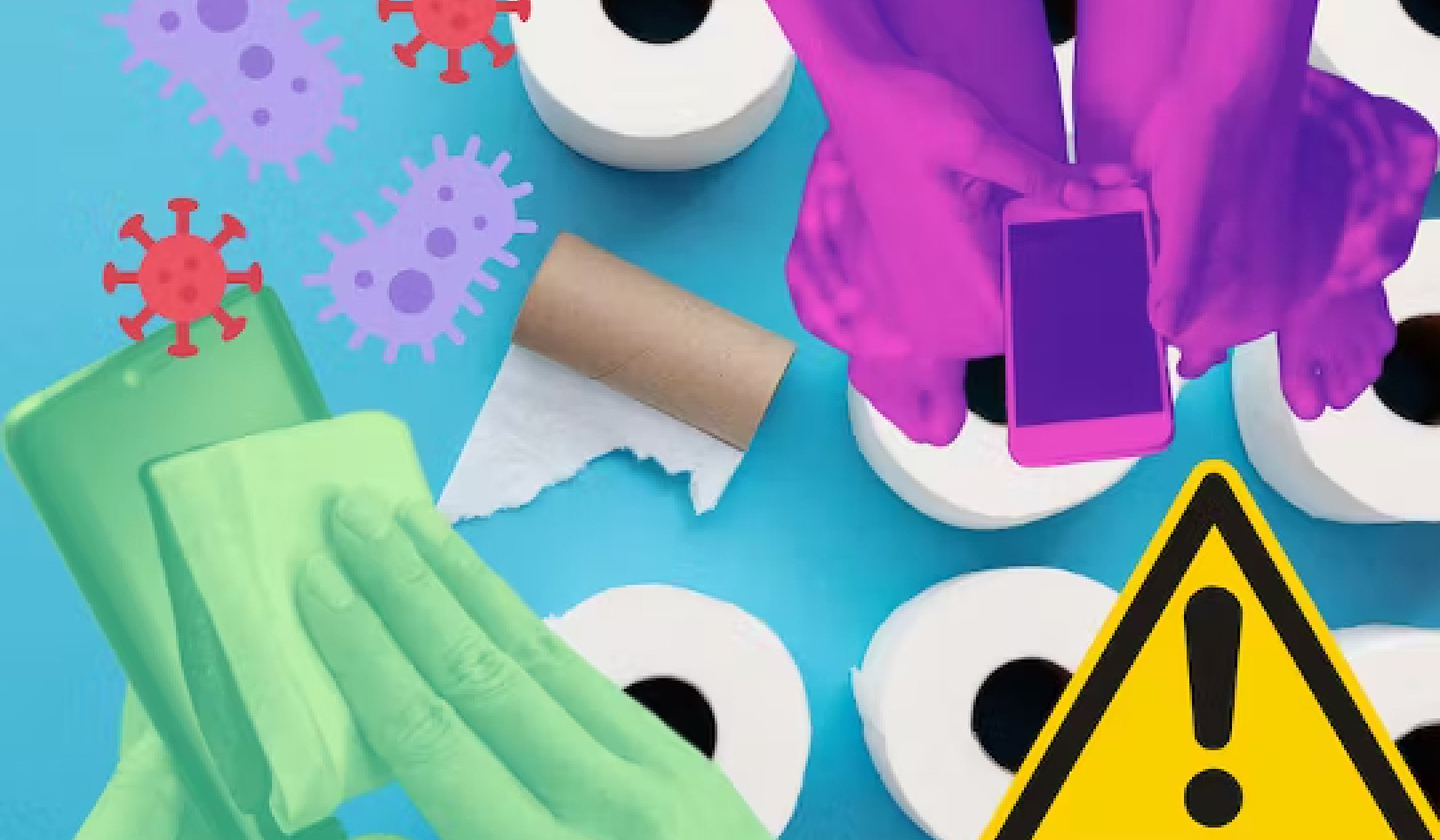
Image by Irina Gromovataya
Narrated by Marie T. Russell.
Editor's Note: While this article deals with eating disorder, its insights and tools can be applied to other challenging situations in our life.
The enormous toll that results from society’s glorification of restrictive eating behaviors is something that cannot be overstated. In the U.S., 9 percent of the population will have an eating disorder in their lifetime. The affliction doesn’t discriminate against gender, race, sexual orientation, or socioeconomic status.
One death occurs every 52 minutes from this fatal mental illness. Not only that, almost 26 percent of those suffering from an eating disorder (ED) will attempt suicide. Those caught in the downward spiral of continually obsessing about food, weight, and body image need support to free themselves from this dangerous mental illness.
Saying no to ED should be a no-brainer — maybe to somebody not suffering from an eating disorder. My recovery journey has demonstrated that it’s a daily struggle, something I must fight one day at a time. It’s easy to forget that ED will bring me to my death if I don’t remain conscious of its presence.
Serving a life sentence with a destructive force is no longer an option. I deserve to be healthy — mentally, physically, and spiritually.
Recovery
Recovery from an eating disorder is far from graceful. It’s tumultuous and takes a great deal of patience, persistence, and, more importantly, willingness. My path has taken me down many roads.
I’ve gone to support groups and read books on eating disorder recovery. I journal, engage in cognitive-behavioral therapy, see a dietitian, and follow a spiritual path. What I have discovered is that I have so much to live and be grateful for. Days lost are gone forever. Each one must be lived to its fullest because I may not get a tomorrow.
It’s important to remember that no two eating disorders look the same, so those in recovery shouldn’t compare. We have to find what works for us individually. There’s no right or wrong way to approach it, either, unless it’s doing it on our own. External support is crucial.
From my own experience, recovery hasn’t been leaps and bounds of victories. Instead, it’s been turtle steps of forward and backward movements. The key is, when I fall, I get up. Sometimes it takes me longer than others to get back on track, but I still dust off my pants and proceed.
I’ve tried many strategies over the years. The following are a few that have been beneficial to my recovery, attitude, and outlook on life in general. As I said, we have to find what works for us individually.
1. Take a step, then another.
The only way to recover from ED is to take that initial step forward. Start with one act. It might involve being honest with a trustworthy source about the struggles of living with ED or calling an eating disorder hotline.
Many options exist when we open our eyes and look for them. A half-step forward is progress. Falling and getting up is progress. Every act of fighting against ED is a win that builds your self-esteem. And lessens its hold on us.
2. Find a network of support.
ED is conniving and manipulative. It makes us believe its lies, which is why external support is vital. I can’t stress enough the importance of surrounding ourselves with accepting people who can understand and relate to what we’re going through. Others can and do relate. We just have to find them.
There are plenty of online support groups available if local ones don’t exist. Remaining stuck in our heads is probably the worst possible tactic to use when faced with change.
3. Confront fear.
When faced with perceived scary unknowns, it’s essential to avoid falling into old ways of fear-based thinking. Pause before going into fight or flight mode. View the challenge as a lesson to learn from — an opportunity to practice walking through fear. We are more than capable. ED tells us otherwise.
If a future event creates tension or anxiety, meditate about it to gain a better perspective. Things usually aren’t as bad as we make them out to be. Be honest about any insecurities and self-doubts with a trusted friend, partner, or therapist.
4. Use visualization techniques.
Visualizing a little angel on one shoulder and a little devil on the other has been effective. Both of them tell me what to do, but which one will I listen to? It’s a choice, even though it might not feel as such.
Eventually, we’ll learn to distinguish between the ED voice and our own pro-recovery voice. With recognition between the two voices comes the power to fight back.
5. Build a recovery toolbox.
The purpose of building a recovery toolbox is to lessen ED’s hold on us and rescue us from its detrimental and destructive effects. For me, a toolbox is synonymous with self-care, which is mandatory for recovery.
The little things we do for ourselves that bring us joy qualify as self-care. Make a list of those positive things that bring contentment.
If it’s hard to come up with any, now is the perfect time to rediscover your likes and dislikes. My list includes daily meditation, journaling, gentle physical activity, pleasure reading, listening to music, creative writing, and reading jokes and inspirational quotes on Pinterest.
When in a funk, it’s easy to lose sight of the goodness in our lives, which is why writing them down can be a valuable reference for the future. During treatment, I learned a strategy to help ride out a compulsion.
Choose three distracting and enjoyable things — I have chosen to play on the computer, read inspirational messages, and read a romance novel — and commit to doing each one for 10 minutes. By the time the half-hour is up, the compulsion will hopefully have subsided.
Without sugar coating or exaggerating recovery, self-discovery and a return to health are possible. It involves strategies that empower us to persist, finding the right supports — social and professional — and building a toolbox of useful methods that create joy, gratitude, and presence in our lives.
Copyright 2021. All Rights Reserved.
Reprinted with permission of the author.
Article written by the author of:
Do You See What I See?
by Faith Elicia
 Do You See What I See? is an interactive workbook of Faith's personal reflections about her struggles and achievements in recovery from an eating disorder (ED), along with a multitude of strategies, and tools for those suffering from ED. Trauma. Anxiety. Depression. Familial Addiction. No topic is left untouched.
Do You See What I See? is an interactive workbook of Faith's personal reflections about her struggles and achievements in recovery from an eating disorder (ED), along with a multitude of strategies, and tools for those suffering from ED. Trauma. Anxiety. Depression. Familial Addiction. No topic is left untouched.
Do you need a richer understanding of your needs and how to get them met? By keeping an open mind when contemplating the emotional strains that come with having an eating disorder and utilizing the suggested activities, you will gain a deeper insight into your relationship with ED along with increased self-awareness.
For more info and/or to order this book, click here. Also available as a Kindle edition.
About the Author
 Faith Elicia has been on a seven-year path of recovery from an eating disorder. When not managing her husband’s medical practice or handling things for one of her three children, she escapes to the confines of her home office to write romance fiction. Her new book, Do You See What I See? (July 15, 2021), is an interactive workbook of personal reflections, strategies, and tools for anyone suffering from an eating disorder.
Faith Elicia has been on a seven-year path of recovery from an eating disorder. When not managing her husband’s medical practice or handling things for one of her three children, she escapes to the confines of her home office to write romance fiction. Her new book, Do You See What I See? (July 15, 2021), is an interactive workbook of personal reflections, strategies, and tools for anyone suffering from an eating disorder.
Learn more at: FaithElicia.com.
























